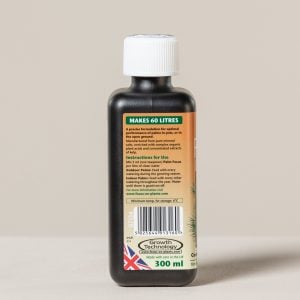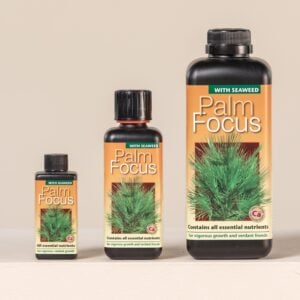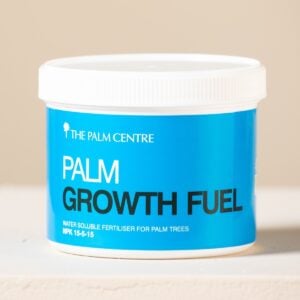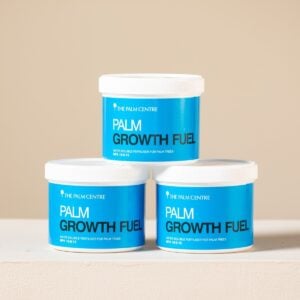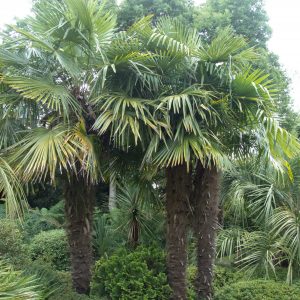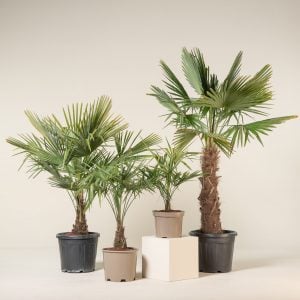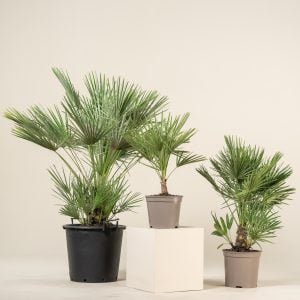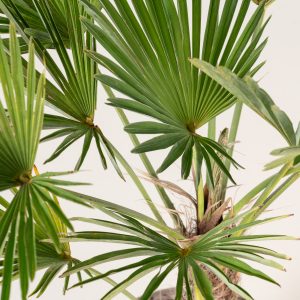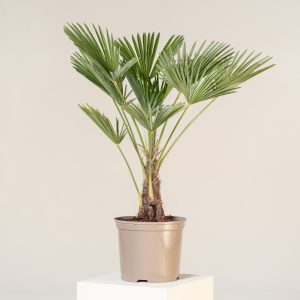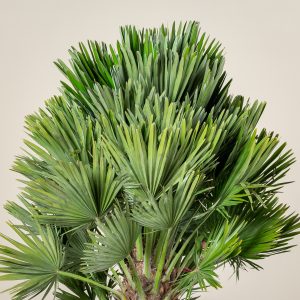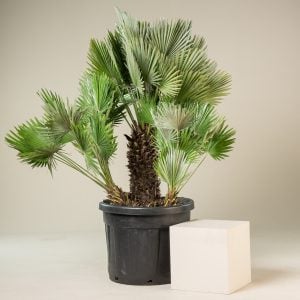Most palms need tropical or subtropical temperatures, but there are some suitable for planting outdoors in the British Isles.
Hardy palms are invaluable as structural plants in tropical-style gardens and look effective when planted with bananas, bamboos and New Zealand flax.
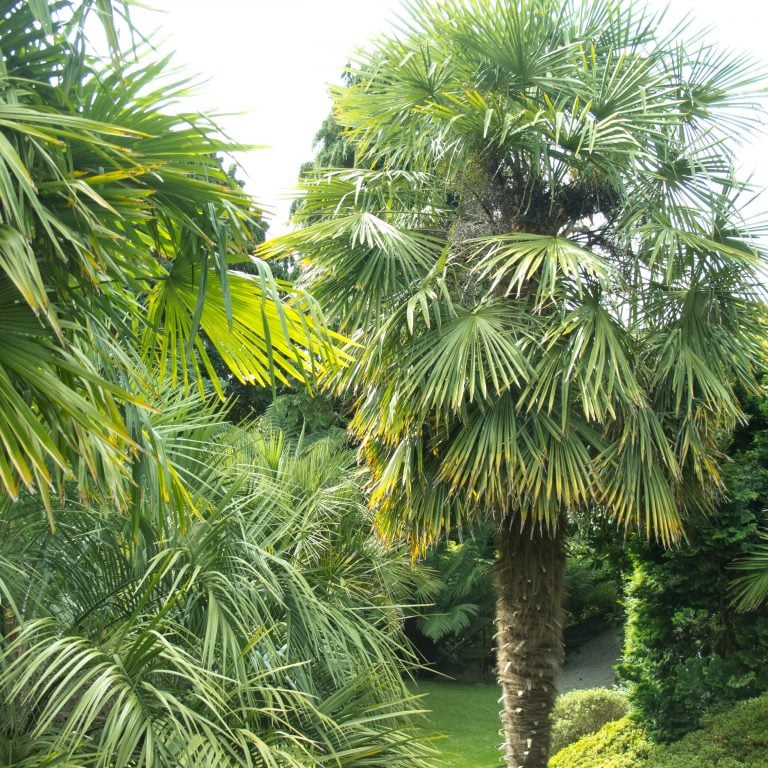
Positioning
A bright, sunny spot sheltered from strong winds is ideal, especially for species like Trachycarpus fortunei whose large fan-shaped leaves can be damaged in an exposed location.
Some, such as Trachycarpus fortunei and Chamaerops species can also be grown in a shaded position, though the lower light levels result in the palm growing longer petioles (leaf stems).

Soil
Good drainage is the key to success with most hardy palms. Palms dislike having their roots in cold, water-logged soil. For this reason, and depending upon your soil composition, sharp sand and/or grit or a fibrous organic material such as composted green waste should be mixed into the soil, especially if it has high clay content.
A light well-drained soil also warms up more quickly in the spring thus aiding the palm’s growth.
The downside to open sandy soils is that they are not very good at holding nutrients, so it is a good idea to supplement feed.
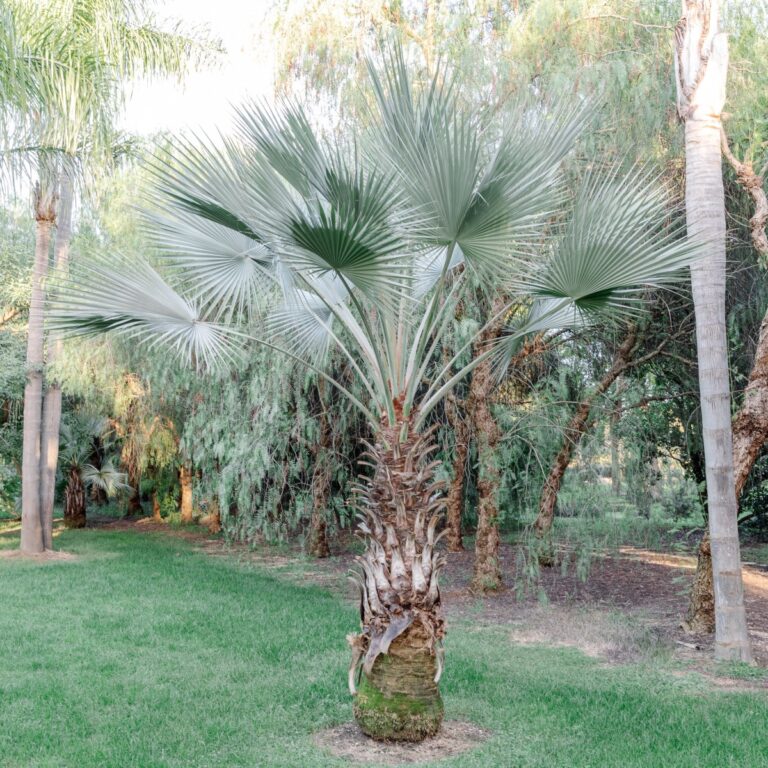
Planting
Hardy palms can be planted at any time of the year, but ideally is should be done during the spring and summer.
Try to dig a hole a good deal bigger than the root-ball, which should be given a good soak before planting, then back- fill with a free draining mix.
Water thoroughly. This will be beneficial to the establishment of the root system.
If planting during a dry spell, water the hole first, allow to drain, plant, backfill, and then water again.
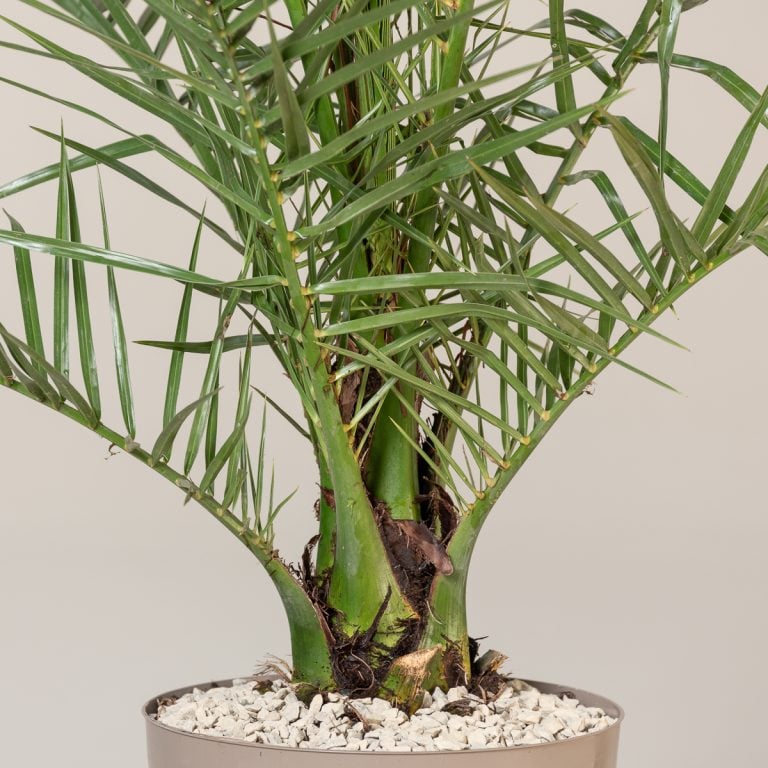
Watering
During the winter most hardy palms are effectively dormant and require little care. Once the growing season is underway you should water your palm periodically to prevent it drying out, especially palms grown in containers.
To keep your palm in absolutely tip-top condition, apply fertiliser with every other watering.
Ideal growing conditions vary among palm species, but most suffer similarly when they receive too little or too much water. Potted and newly planted palms are most vulnerable to water stress. Soil dryness is usually a reliable indicator of a need for watering. In severe cases, symptoms appear on the foliage or trunk.
A grass-free ring or mounded berm around the base of the tree at the edge of the root mass makes it easier to ensure that the palm roots receive adequate water. A layer of mulch conserves soil moisture, blocks weed and regulates soil temperature.
Feeding
The Palm Centre’s specially formulated Palm Fertiliser will ensure the plant gets all the nutrients and elements it requires to stay healthy.
Follow the instructions on the label carefully and adjust the quantity applied according to the pot and/or plant size.
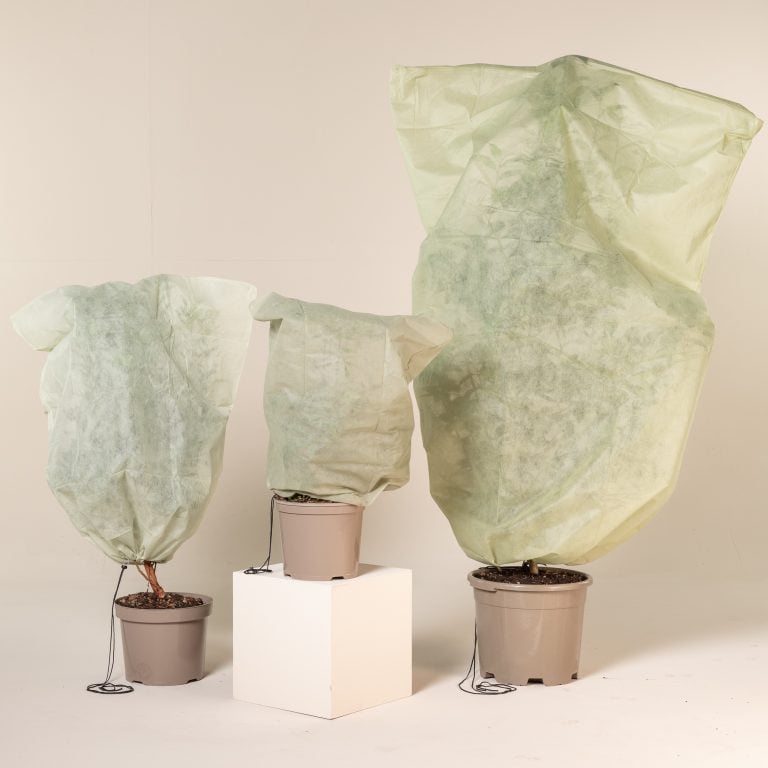
Winter care
It is very hard to generalise. In most parts of England and during an average-to-mild winter, the more reliably cold hardy species (Trachycarpus, Jubaea, Chamaerops, Brahea, etc.) should be fine left to fend for themselves without protection, as long as they are of a reasonable size when planted out.
Seedlings and very young plants are more susceptible to the cold.
In the cooler parts of the country, and during unusually cold winters, it is advisable to tie the fronds of the palm together and wrap the whole plant with several layers of horticultural fleece or hessian during the worst of the winter cold. You can purchase from The Palm Centre plant fleece jackets in order to protect the plants from frost.
Potted specimens should be moved into a shed, garage or unheated room during the worst of the cold.
As the palm stems thicken with age, the plants become more tolerant of lower temperatures.
Frequently Asked Questions about Garden Palm Trees
When should I plant a palm tree?
As long as you are able to dig the ground, you can plant an outdoor palm tree any time of year. February to November are the most common months for planting.
How deep should I plant a palm tree?
Deep enough so all the roots are submerged in soil up until the base of the trunk.
What fertiliser should I apply to my palm tree?
We offer various specialist fertilizers that are specifically formulated for palm trees. Use the fertilizer during the growing season.
Special attention should be given to garden palm trees planted in pots, that will require feeding regularly.
Always follow the instructions on the label and do not overfeed.
How fast does a palm tree grow?
Some species of palm tree grow faster than others. Some cold hardy palm trees can grow up to 30 cm (1 ft) of trunk a year like the Trachycarpus fortunei, while others are extremely slow like the Butia odorata and some in between such as Chamaerops humilis.
In general, palm trees will grow faster when the warmer growth season is longer. This means that in the Southern parts of the UK, a palm tree will grow faster than in northern UK regions.
